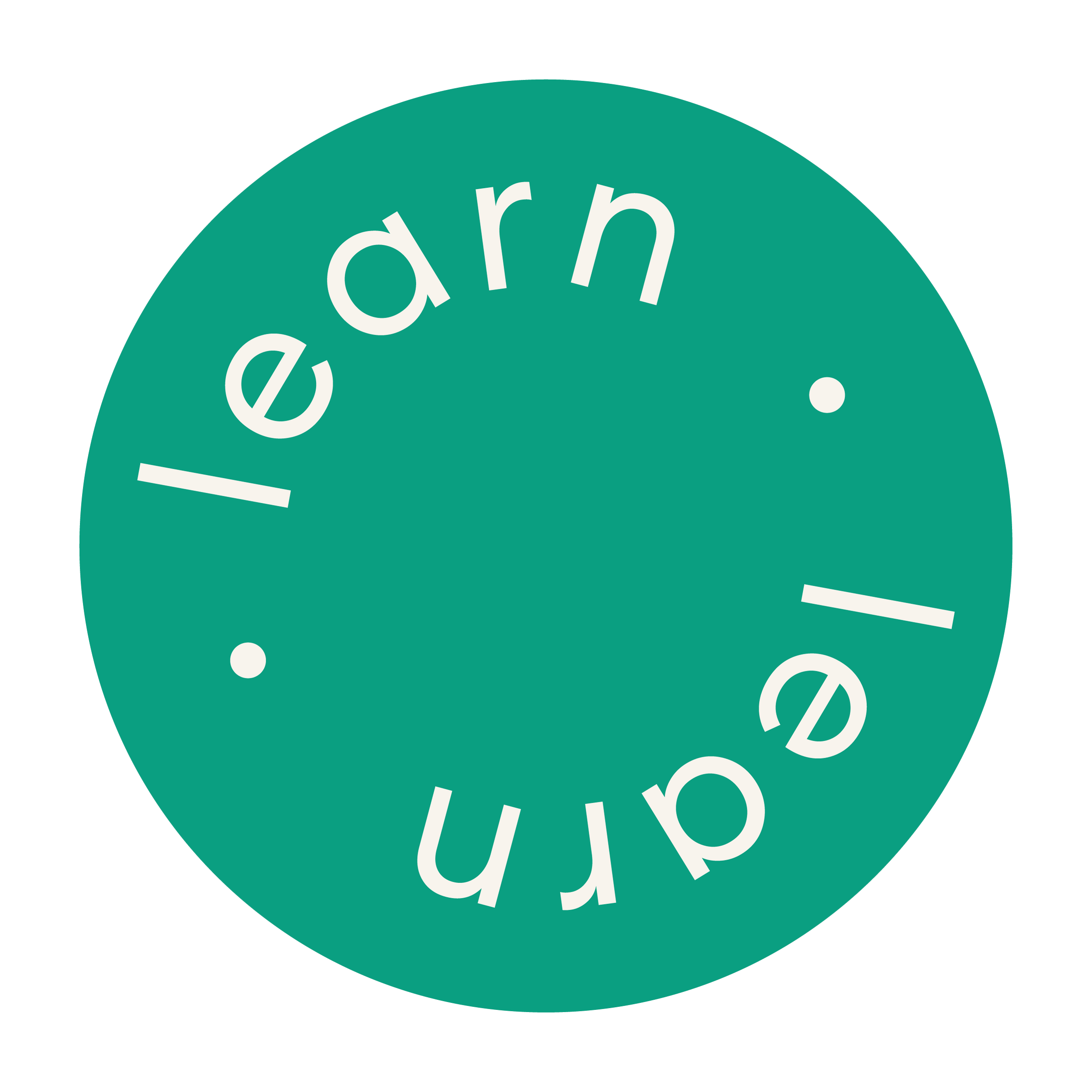
Arts Learning
At CSA we believe that creative joyful learning and practice should live in all facets of each student’s journey - in our core arts classes, ensembles and academic classrooms. It is also essential for social-emotional growth. For this reason, we have committed ourselves to Arts Learning through Aesthetic Education.
CSA’s 3 Forms of Aesthetic Education
Studio Arts:
Art or Music Classes, After School Arts Classes, Musical, Plays
Arts-Enhanced Learning:
Learning about/creating artworks inspired by a concept or an idea related to curriculum
Arts Integration:
“An approach to teaching in which students construct and demonstrate understanding through an art form. Students engage in a creative process which connects an art form and another subject area and meets evolving objectives in both.”
– The Kennedy Center
-
To put it simply, our teachers are committed to bringing theatre practice, dance, music, visual arts, and creative writing into our humanities, science, and math classrooms, to facilitate an enriched learning experience in which students experiment, collaborate, and learn about academic subjects and themselves along with artistic practice.
-
There is a growing base of research, both nationally and internationally in the field of integrating arts into learning. Multiple studies have shown that various models of arts inside of classroom lessons improves students’ long-term retention of content (1,2). In the schools and classrooms where the arts are being used to teach the curriculum, students are more likely to remember what they learned weeks and months later.
Arts Learning also benefits students’ non-academic skills. Executive function (the skills used for goal-directed behavior, such as inhibitory control, working memory, and flexible thinking) has been shown to be positively impacted by engaging in the arts (3). Additionally, arts learning methods have been shown to be linked to improvements in student engagement and student social-emotional skills (4). Art enhanced and integrated curricula help to make academic content more accessible for a wider variety of learners - the very nature of learning creatively aligns with differentiated practice. It allows for learners to make and express personal connection to content and helps students comprehend and express abstract concepts. Finally, arts learning brings collaborative, joyful, active learning into our classrooms and activities (5).
FIND OUT MORE ABOUT ARTS LEARNING
The Kennedy Center’s Changing Education Through The Arts website is a great place to start! https://www.kennedy-center.org/education/resources-for-educators/classroom-resources/articles-and-hot-tos/articles/collections/arts-integration-resources/what-is-arts-integration/
Responsive Classroom practice is aligned with Arts Integrated practice! This excellent article lays our Responsive Classroom’s “Six Good Reasons for Using the Arts to Teach Curriculum.” https://www.responsiveclassroom.org/sites/default/files/8911ch01.pdf
Harvard University’s Project Zero looks at the ways that beginning arts into classrooms not only impacts academics, but civic engagement and social justice practice: http://www.pz.harvard.edu/
REFERENCES
1. Rinne L, Gregory E, Yarmolinskaya J, Hardiman M. Why Arts Improves Long-Term Retention of Content. Mind, Brain, Educ. 2011;5(2):89–96.
2. Hardiman M, Rinne L, Yarmolinskaya J. The Effects of Arts Integration on Long-Term Retention of Academic Content. Mind, Brain, Educ. 2014;8(3):144–8.
3. Diamond A. Activities and Programs That Improve Children’s Executive Functions. Curr Dir Psychol Sci. 2012;21(5):335–41.
4. Steel JS. Noncognitive factors in an elementary school-wide arts integrated model. 2016;12(1).
5. Crawford, Linda. Lively Learning. 2004;(1)1-14.
-
Although each day our staff weaves art enhancement throughout each lesson, there are three main areas of focus, as we continue to build activities and learning throughout the school:
1) Academic and arts enhanced units in each classroom.
2) As much as possible, CSA seeks to bring guest artists into our academic classrooms.
3) Using the incredible resource that is New York City, on field trips aligned with academic content to major arts museums and venues. These field trips always have an academic element, and have included trips to The Metropolitan Museum of Art, Guggenheim and MOMA.



